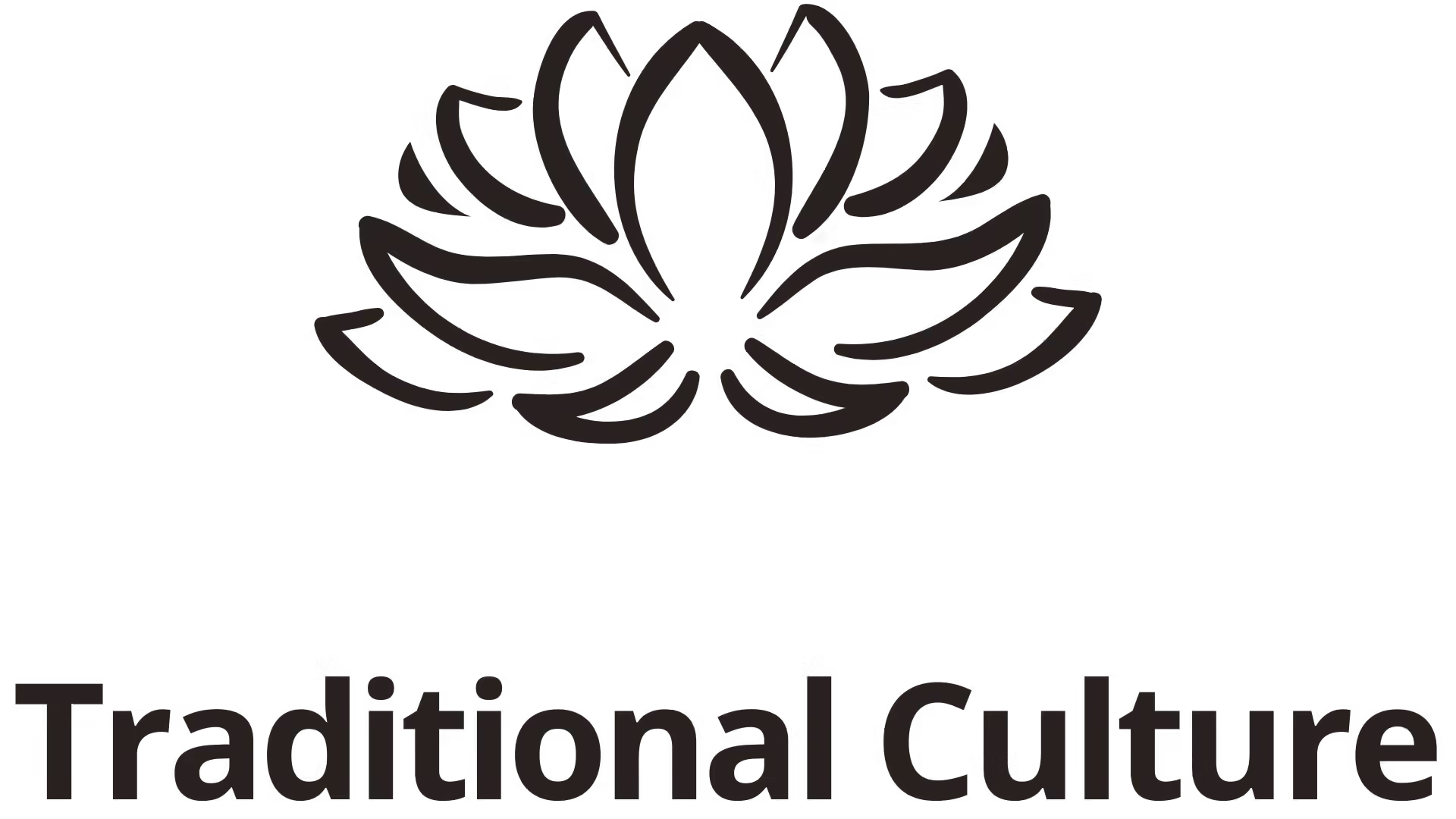Jeté is not just a simple jumping technique; it serves as a profound expression of artistry, athleticism, and emotion within the realm of dance. This movement encapsulates the essence of ballet, seamlessly blending technical precision with expressive storytelling. As we embark on this exploration of jeté, we will uncover the nuances that make this form of dance so captivating and significant in both its historical context and its contemporary practice.
Understanding Jeté in Ballet
Jeté, derived from the French word meaning “to throw,” is an essential component of ballet choreography. It represents a moment of elevation where the dancer appears to defy gravity, capturing the audience’s imagination. The beauty of jeté lies not only in the physical execution but also in the emotional resonance it can evoke.
The significance of jeté extends beyond mere technique; it symbolizes freedom and aspiration. When executed correctly, it creates the illusion of flight, akin to a bird soaring through the sky. This aspect highlights the dancer’s longing for transcendence, echoing the universal human desire to overcome obstacles and reach new heights.
Defining the Movement
At its core, jeté involves a transfer of weight from one leg to another, often accompanied by a powerful leap. The aesthetic appeal of this movement is characterized by grace, control, and strength. Each performance of jeté possesses a unique flair, influenced by the dancer’s interpretation and the underlying music.
Every successful jeté hinges on proper technique, beginning with a solid foundation of ballet training. A dancer must develop their core strength, leg muscles, and overall body control to execute this leap effectively. Moreover, understanding the rhythm and timing involved in jeté is crucial, as it helps in achieving the fluidity that captivates audiences.
Types of Jeté
There are various forms of jeté, each presenting its own set of challenges and artistic opportunities. Some notable variations include:
- Grand Jeté: This version of jeté showcases a grand leap, highlighting the dancer’s height and extension. It requires exceptional strength and flexibility. In a grand jeté, a dancer launches off one foot while extending the other leg forward, creating a dramatic visual effect.
- Saut de Chat: Translating to “cat jump,” this variation emphasizes the sweeping motion of the legs and typically features a more pronounced bend in the knees. The dancer resembles a cat pouncing gracefully, reflecting agility and elegance.
- Jeté en Avant: This type of jeté is performed moving forward, showcasing the dancer’s ability to cover space while maintaining poise. The forward momentum adds a dynamic quality to the performance, making it even more engaging for observers.
While these variations may differ in appearance and execution, they all maintain the fundamental principles of jeté – the harmony of movement, strength, and artistry.
The Artistic Expression Behind Jeté

The execution of jeté is as much about the story being told as it is about the technique itself. In ballet, every movement serves a purpose and conveys emotion. A well-executed jeté can express freedom, joy, or even struggle, depending on the narrative context.
An astute choreographer understands that the impact of jeté is magnified when paired with a compelling score. Music breathes life into the movements, allowing dancers to interpret the rhythm and melody in a way that resonates with audiences. The synergy between sound and motion creates memorable moments on stage, where jeté becomes a vessel for deeper meaning.
Exploring Characterization through Jeté
In ballet, every character has a unique personality and emotional landscape. Jeté allows dancers to embody their character’s emotions, transforming a mere leap into a powerful statement. The posture, direction, and intensity of each jeté can communicate a range of feelings.
- Joyful Expressions: When portraying a character filled with exuberance, a dancer might perform a grand jeté with heightened energy and expansive movements. Their facial expressions will radiate happiness, enticing the audience to share in their delight.
- Longing and Reflection: Conversely, if the character experiences sorrow or contemplation, the jeté may be executed with a slower tempo, emphasizing the weight of longing. Here, the dancer might pause mid-air, capturing a fleeting moment that embodies the character’s inner turmoil.
This ability to convey complex emotions makes jeté a vital tool in storytelling within ballet. Dancers become storytellers, inviting viewers into their world through their art.
The Role of Choreography in Jeté Performance
Choreography plays a pivotal role in how jeté is perceived by audiences. A well-structured routine will weave jeté into the larger tapestry of the performance, ensuring that it aligns with the overall narrative and emotional arc.
- Transitioning Smoothly: Effective choreography will integrate jeté with other movements, allowing for seamless transitions that maintain the audience’s engagement. For instance, following a series of pirouettes with a grand jeté can create a breathtaking climax in the performance.
- Highlighting Key Moments: Strategic placement of jeté within the choreography can elevate critical narrative points. By emphasizing a character’s transformation or a pivotal event with a striking leap, choreographers can leave a lasting impression on viewers.
- Balancing Technique and Emotion: The choreography must strike a balance between showcasing technical prowess and emotional depth. While a technically demanding jeté can impress, it is the emotional connection that leaves a mark on the audience’s hearts.
By carefully considering these elements, choreographers harness the full potential of jeté, transforming it into a powerful expression of art on stage.
The Physical and Mental Demands of Jeté

Mastering jeté requires dedication, discipline, and resilience. These demands extend beyond mere physical capabilities; they intertwine with mental fortitude.
Building Strength and Flexibility
To achieve the graceful execution of jeté, dancers must cultivate both strength and flexibility. A rigorous training regimen focusing on core stability and leg power is essential.
- Core Training: The core acts as the body’s powerhouse, providing stability and support during jumps. Engaging in exercises such as planks, abdominal workouts, and Pilates can enhance core strength, enabling smoother transitions during jeté.
- Leg Conditioning: Strong leg muscles allow for explosive power during leaps. Dancers can incorporate resistance training and plyometrics into their routines to build the necessary strength for executing dynamic jeté.
- Flexibility Exercises: Flexibility plays a crucial role in optimizing the aesthetic appeal of jeté. Regular stretching, yoga, and targeted flexibility drills help dancers attain the required range of motion, enhancing the beauty of their leaps.
Developing these physical attributes is a gradual process, requiring consistent effort and patience. Dancers must embrace the journey, acknowledging that mastery of jeté unfolds over time.
Cultivating Mental Resilience
Beyond the physical aspects, the mental challenges of performing jeté cannot be overlooked. Dancers often grapple with self-doubt, anxiety, and the pressure to meet high expectations.
- Building Confidence: Confidence is key when executing jeté, as any hesitation can diminish the leap’s impact. Visualization techniques and positive affirmations can empower dancers, helping them mentally prepare for performances.
- Embracing Imperfection: Dance is inherently subjective, and perfection is an unrealistic goal. Dancers must learn to embrace imperfections, recognizing that each performance is an opportunity for growth. Accepting mistakes as part of the artistic journey fosters resilience and adaptability.
- Mindfulness Practices: Integrating mindfulness techniques into training can enhance focus and reduce performance anxiety. Techniques such as breathwork and meditation help dancers center themselves, allowing them to approach jeté with clarity and intention.
By addressing both physical conditioning and mental resilience, dancers arm themselves with the tools needed to conquer the challenges of jeté and elevate their artistry.
The Importance of Recovery and Reflection
Following intense training sessions and performances, recovery is essential for preventing injuries and maintaining overall well-being. Dancers should prioritize self-care practices to nurture their bodies and minds.
- Rest and Recovery: Allowing adequate rest helps muscles rebuild and rejuvenate. Scheduled breaks and days off from high-intensity practice are crucial for long-term sustainability.
- Reflecting on Performances: After a performance, taking the time to reflect can provide valuable insights. Dancers can analyze what worked well during their jeté execution and identify areas for improvement, fostering continuous growth.
- Seeking Feedback: Constructive feedback from instructors or peers can be immensely beneficial in refining jeté technique. Embracing external perspectives allows dancers to expand their repertoire and enhance their artistry.
Combining recovery with reflection cultivates a holistic approach to dance, empowering dancers to evolve continually while honoring their bodies’ needs.
The Impact of Music on Jeté Performance

Music serves as the heartbeat of ballet, infusing life into the movements and enriching the experience for both performers and audiences. The relationship between music and jeté is profound, as it influences timing, dynamics, and emotional delivery.
Selecting the Right Score
Choosing the right music for a ballet performance can elevate the impact of jeté. The tempo, mood, and instrumentation all play significant roles in how the movement is interpreted.
- Matching Rhythm and Energy: The rhythm of the music should complement the tempo of the dancer’s movements. Faster-paced scores may encourage quicker, more energetic jetés, while slower pieces can evoke a sense of grace and fluidity.
- Emotional Resonance: Music capable of evoking deep emotions can amplify the storytelling aspect of jeté. An evocative score allows dancers to connect with the audience on a visceral level, transforming their leaps into poignant expressions of feeling.
- Creating Atmosphere: The right music sets the atmosphere for the entire performance. Whether it’s a classical symphony or contemporary piece, the auditory backdrop enhances the overall experience, drawing spectators further into the dancer’s world.
Selecting the ideal score requires careful consideration, as it ultimately shapes the interpretation of jeté.
The Dance-Music Partnership
The relationship between dance and music goes beyond mere accompaniment; it is a partnership where both elements rely on one another to create something extraordinary.
- Dynamic Synchronization: Successful integration of jeté and music relies on the dancer’s ability to synchronize their movements with the musicality. Practicing counts and phrasing helps dancers internalize the rhythm, leading to cohesive performances.
- Expressive Interpretation: Dancers who deeply understand the music can infuse their jeté with nuanced interpretation. They become interpreters of the music, using their movements to narrate the story woven into each score.
- Audience Engagement: The interplay between dance and music captivates audiences, pulling them into the emotional landscape of the performance. A well-timed jeté, perfectly aligned with a crescendo in the music, can create unforgettable moments that resonate long after the curtain falls.
Through this dynamic collaboration, jeté transcends the physical realm, evolving into a holistic expression of art.
Conclusion

In conclusion, jeté is a multifaceted movement that intertwines technique, emotion, and storytelling. From its technical foundations to its rich artistic expression, jeté serves as a testament to the beauty and complexity of ballet. As dancers continue to explore this remarkable leap, they tap into a reservoir of creativity and passion, inspiring audiences around the world.
As we delve deeper into the world of jeté, it becomes evident that its significance extends far beyond mere aesthetics. It embodies the very spirit of dance—transformative, liberating, and eternally captivating. With each leap, dancers connect with their audience, inviting them to partake in the magic that is ballet. Jeté is not just a step; it is a celebration of the human experience, a reminder of our shared aspirations, and a powerful form of self-expression.








